OCF is the abbreviation for the popular term among photographers, and it stands for Off-Camera Flash. Most photographers use this technique to create unique, high-quality photos. This article discusses how it works and the best uses of this technique.
What is OCF?
It is a creative lighting technique. Photographers place portable flashguns or sometimes bigger studio-style heads – off to the side to take control of the light’s direction and strength.
The technique can be employed at any time of day, whether you’re shooting in broad light or low light. However, it can be particularly useful when you shoot the portraiture and has long been used by wedding, commercial, and fashion photographers.
OFC is a technique in which you mount your Speedlight on the camera’s regular hot shoe and shoot with the light it emits facing forward instead of using your flashgun. Front-facing flashes may be beneficial, but they can also make your subject appear flattered and two-dimensional.
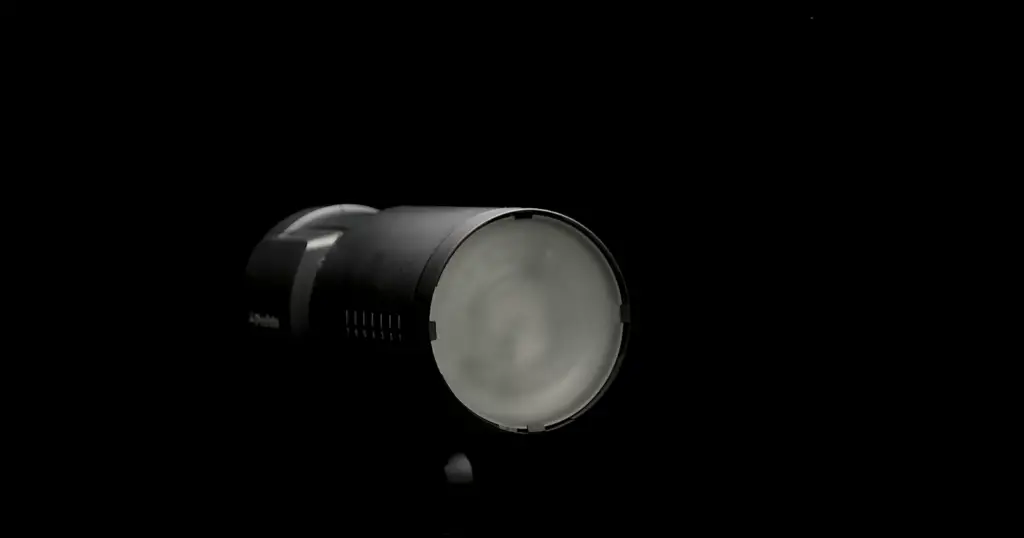
With the increasing availability of cameras with built-in flash-triggering technology and a fall in the cost of wireless flash triggers and other Flash-related accessories, off-camera flash is becoming increasingly popular among enthusiasts as well as amateurs.
To produce portraits with a much greater sense of depth, move your flash off-camera and let its light bathe your subject at an angle. To create professional results, place numerous strobes at various angles and set them to various intensities [1].
Benefits of Using OCF Photography
- You’ve not restricted to the light that a window provides you or a specific time of day when there’s ideal lighting. You may shoot at mid-day, after peak sunlight hours, or on a gloomy overcast day;
- On a gray, flat overcast day, the addition of colorful things to your wardrobe makes everything look brighter;
- The flash may be adjusted and its position altered to produce a gorgeous light framing your subject;
- With flash, you may correct poor illumination or color casts;
- You have control over both ambient lighting and the light on your subjects, which is something that no other camera in this price range can match;
- You may place the light where a bounced flash cannot, such as behind your subject or in the path of dramatic impact;
- If you’re using a medium-sized wood fireplace, for example, and there’s no other way to get light into the room, you can use an OCF;
Why Would You Want to Get Your Flash Off Your Camera?
There are a few reasons why you should get your flash off the camera:
1. Compliance With Policy At Attractions
When you go to a museum or other attraction, you may find signage stating that no photographs are permitted or that you can take photos but not with the flash.
The top reason you won’t be able to use your flash is that it might harm a priceless piece of art. It’s true that light can harm certain kinds of art. Only glance at an old painting or textiles that have been exposed to natural light for a while and note how washed out they’ve gotten.
This is why museums regulate the amount of light in their exhibits, with particularly sensitive objects kept in chambers that receive less illumination.
2. Flash Can Cause Reflections
Even if you’re using the flash in all types of situations, it may make your photographs less good.
The first concern when using a flash is that it might cause unwanted reflections in your photograph. This is especially true if you’re shooting through glass or other reflecting surfaces.
Basically, when the flash goes off, the shiny material bounces it back into the camera. The final product is frequently an image with a huge white-hot blob of light that obscures the subject and is never appealing.
Because of the close proximity of the flash, this is a major concern. You might also try holding the camera closer to the glass to minimize reflections. It’s best not to use the flash at all for obvious reasons (such as bad lighting or long exposure times).
3. Flash Doesn’t Work Beyond a Few Feet
The truth is that the majority of the built-in flashes on cameras and smartphones are unable to light objects more than a few feet away. So if you utilize the flash for things beyond this distance, all you will get is a tiny bright spot in front of the camera, with plenty of darkness behind it.
Even a powerful external flash isn’t enough in this scenario. A tripod and a long exposure would have provided a far more evenly lit result in this case.
4. Flash Often Produces Poor Results
It’s also extremely costly to create even the most basic approximation of the sun’s lighting conditions. This is why, as a rule, professional photographers employ external flash units, which contain numerous batteries and generate a stronger flash of light.
Frequently, as in a studio environment, photographers may utilize many flash units and other lighting technologies to obtain the correct intensity. However, even then, these configurations have a limited distance of usefulness.
Compared to shooting with a professional lighting system or natural light, a typical camera or smartphone’s little flash does not produce good results. To be honest, you don’t even need to make the comparison; they just don’t work, period.
These built-in flashes have a variety of drawbacks.
- They are underpowered;
- Because they are located in an undesirable position relative to the camera – producing a bright pool of white light that will inevitably make your subject appear terrible;
- They are secured in place;
Therefore, you do not have the same flexibility with external units as you do with these built-in flashes.
5. Disable Flash Allows You to Use An External Flash Unit
If you want to enhance the quality of your lighting, consider purchasing an external flash unit and/or lighting system.
External flashes that work with a variety of cameras are always going to be more expensive than internal flashes. Although they do not have to be excessively costly, you will usually achieve a far superior result. This external flash unit may be used with a variety of cameras. Consider a lighting arrangement like this for static photos done in a studio atmosphere.
With this kind of arrangement, you’ll want to turn off your internal flash since it won’t add any more value to the photographs.
6. Use the Flash Drains Your Battery
Even a small flash on a compact camera or smartphone uses a significant amount of electricity. As a result, using your flash for numerous photographs will deplete your battery much faster than taking photos without the flash.
Situations When You Will Need to Take the Camera Flash Off:
- Museums and other attractions where the ban is in place;
- Live performances;
- Close-up portraits;
- Wildlife at night;
Essential Equipment for OCF Photography
A Flash
Speedlights come in a variety of shapes and sizes. They start at around $30 for off-brand models and range up to $500-$600 for high-end Nikon or Canon versions. The Nikon SB-700 is also an excellent choice, especially if you’re a Canon user. Look for a rotating head so you can adjust your flash’s angle. Consider if it has TTL and/or the ability to use it manually. Both are useful at different times. Make sure it works with your camera.
Ni-MH Batteries
Flash consumes a lot of battery power, so expect to go through many batteries! Rechargeable batteries are less expensive. They also retain their charge for longer than ordinary batteries. In fact, they can remain charged for up to a year or more! Ni-MH rechargeable batteries are ideal for flash photography because they last long. They’ll keep their charge even if you leave your camera switched off for several weeks.
Wireless Trigger and Receiver Set
The transmitter screws into the hot shoe of your camera, and the receiver clips to your flash. This is how your camera and flash communicate with each other. Professionals (but not home users) prefer Radio Popper, and Pocket Wizard triggers because they allow you to adjust the power of your flash remotely from your camera rather than having to walk over to it.
Umbrella Mount
This is how you attach your flash to a light stand. One-end screws onto your stand, while the other has a cold shoe that accepts a hot shoe and allows you to mount your flash with the trigger. Don’t be fooled by the many sorts of connections available. They all accomplish the same thing! There’s a tiny hole in the middle where you may place an umbrella or any other modifier.
Learn photography basics with following articles:
Understanding OCF in Photography: A Comparative Analysis
Off-Camera Flash (OCF) is a fundamental technique in photography that involves using external flash units separate from the camera to achieve more controlled and creative lighting. OCF provides photographers with the ability to shape and direct light, resulting in striking images with enhanced depth and dimension. In this table, we compare various indicators of OCF to help photographers better understand its significance and benefits.
| Indicator | On-Camera Flash | Off-Camera Flash (OCF) |
|---|---|---|
| Lighting Control | Limited control over direction and intensity of light | Greater control over direction, angle, and intensity of light |
| Shadows and Highlights | Harsh shadows and blown-out highlights are common | Softer shadows and well-balanced highlights |
| Portability | Lightweight and attached to the camera | Requires additional equipment; may be less portable |
| Flexibility | Limited positioning options | Flexible positioning for creative lighting setups |
| Lighting Techniques | Basic lighting techniques | Advanced lighting techniques (e.g., Rembrandt, butterfly lighting) |
| Diffusion | Difficult to achieve soft light without modifiers | Can easily use light modifiers for softer light |
Explanation:
The table above compares various indicators of On-Camera Flash (integrated flash on the camera) and Off-Camera Flash (OCF). Here’s a breakdown of the comparison:
- Lighting Control: OCF provides photographers with greater control over the direction, angle, and intensity of light compared to on-camera flash, allowing for more creative lighting setups.
- Shadows and Highlights: OCF tends to produce softer shadows and better-balanced highlights, resulting in more visually appealing images compared to the harsh shadows and blown-out highlights often seen with on-camera flash.
- Portability: On-camera flash is lightweight and conveniently attached to the camera, making it more portable. In contrast, OCF requires additional equipment (flash units, triggers, stands), which may be less portable.
- Flexibility: OCF offers greater flexibility in positioning the flash units, enabling photographers to experiment with different angles and setups for more creative lighting effects.
- Lighting Techniques: While on-camera flash allows for basic lighting techniques, OCF opens up opportunities to use advanced lighting techniques like Rembrandt and butterfly lighting, elevating the overall quality of the photographs.
- Diffusion: Achieving soft light with on-camera flash can be challenging without using additional modifiers. On the other hand, OCF easily allows photographers to use light modifiers, such as softboxes and diffusers, to soften the light and create more flattering portraits.
By understanding these comparisons, photographers can make informed decisions about when and how to use OCF to elevate the visual impact of their photographs and achieve their desired creative vision.
FAQ
How do you set up OCF?
A Speedlight, a trigger to send the light’s signal to your camera, and a receiver are all required. A Speedlight is a small flash that fits into the hot shoe on top of your camera. It may also be positioned on a standoff camera [2].
What is a camera flash used for?
The flash is a light-emitting device that rapidly illuminates an area. When shooting in poorly lit environments such as indoors or night scenes, you can use the flash’s light to make up for the lack of illumination. Using the flash can help prevent camera shake and subject blur thanks to the quick exposure time [3].
What do you need for off-camera flash?
An off-camera flash is a flash that does not sit on top of your camera. It usually sits in the hot shoe but can be positioned at other places as well. The flash is triggered by a receiver, which can communicate with the camera’s built-in flash. The flashes are positioned at various angles to achieve different effects and illumination patterns. A flash can be positioned on a stand or handheld.
What is the difference between a flash and a Speedlight?
Strictly speaking, they are the same, but many people use the term “Speedlight” to refer to a flash that can be placed on and controlled by the camera (via the hot shoe), whereas others use it to describe a bigger flash that must be attached to a light stand and is controlled by a flash trigger on the camera. Flash triggers can also be used to fire lighting from Speedlights off-camera, and they don’t have to be mounted on a light stand.
Strobes are generally more powerful than Speedlights and come with mounting brackets for various modifiers such as beauty dishes, softboxes, and reflectors. You may also use adapters to connect a Speedlight to full-size strobe accessories, and there are even tiny strobes that perform similar to a Speedlight [4].
How do you trigger an off-camera flash?
An off-camera flash can be triggered in different ways depending on the distance and angle of the shot.
If you want to trigger a flash from within 30 feet (or closer), use optical triggering such as a line-of-sight sensor. If your camera is set up with multiple flashes, using an infrared receiver like the Vello FreeWave Radio Slave Flash Trigger for Canon will make it easier to fire them one by one without fumbling around looking at the LCD screen.
You may also opt for radio triggers that transmit light pulses rather than sound waves: they’re more expensive but generally faster and less prone to interference caused by other devices. The benefit of infrared systems is you don’t have to physically point the trigger at your flash for it to work.
If you’re looking for a more reliable and powerful option, consider using an external flash with its own set of trigger contacts. Then, depending on how far away from each other your flashes are positioned, choose between optical or radio triggering systems that use either light or sound waves.
Last but not least is TTL triggering: this allows certain Canon Speedlights to communicate wirelessly with compatible cameras via built-in hot-shoe contacts. Each time the camera fires, the flash dose has been measured by measuring pre-flash intensity returned from the subject through the lens (TTL). And it was corrected accordingly before returning the final exposure value to the camera automatically [5].
Does an external flash make a difference?
An external flash is better for lighting a vast area or providing full coverage when shooting with an ultra-wide-angle lens. In addition, the built-in flash (also known as a pop-up flash) that comes with most cameras, including DSLRs and mirrorless cameras, is quite handy [6].
How do you use a manual camera flash?
The term “manual flash” generally refers to a camera that is designed for use with manual flashes. They usually have a hot shoe and an exposure compensation dial, as well as a sync port (PC) on the side of the body next to where you attach your cable release.
Manual flashes don’t send any messages from the receiver through which they are triggered to tell them when or how much light power should be used. Instead, you must set this manually by using test shots and adjusting it until you get enough illumination without over-exposing parts of your subject’s face or ruining their skin tone [7].
How do you use an off-camera flash indoors?
To get the greatest indoor exposure with a flash, start with a slow shutter speed of 1/100 and open an aperture as wide as possible, such as f/2.8 at ISO 400 and 1/32 power. Take a test shot to determine your shutter speed; then raise or lower it to make things brighter or darker [8].
Why is OCF important in photography?
OCF is essential in photography because it allows photographers to have more control over lighting. By positioning the flash off-camera, they can manipulate the direction, intensity, and quality of light, which results in more visually appealing and professional-looking images. OCF is particularly valuable in situations where natural light is insufficient or when creative lighting effects are desired.
What are the benefits of using OCF?
Using OCF offers several benefits, including:
– Improved Lighting: OCF enables photographers to create more flattering and natural-looking light, avoiding harsh shadows and overexposed areas.
– Creativity: With OCF, photographers can experiment with various lighting setups to add drama, depth, and dimension to their images.
– Versatility: OCF can be used in various settings, including indoor and outdoor environments, making it a versatile tool for photographers.
– Better Control: By adjusting flash power, positioning, and modifiers, photographers can have precise control over the lighting in their shots.
What types of equipment are used for OCF?
To use OCF effectively, photographers typically need the following equipment:
– External Flash Unit: An off-camera flash that can be triggered remotely and has adjustable power levels.
– Light Stand: A stand to hold the flash unit in position at a distance from the camera.
– Wireless Trigger: A remote trigger that wirelessly communicates with the flash unit to fire it.
– Light Modifiers: Optional accessories like softboxes, umbrellas, or grids to modify the quality and direction of light.
Can OCF be used with any camera?
Yes, in most cases, OCF can be used with any camera that has a hot shoe or a sync port to connect the flash trigger. Whether you have a DSLR, mirrorless, or even some high-end compact cameras, you can often utilize OCF as long as the necessary ports or triggers are available.
What are some common lighting setups with OCF?
There are several popular lighting setups with OCF, including:
– Rembrandt Lighting: A setup where the key light is positioned at a 45-degree angle from the subject, creating a triangle-shaped highlight on the cheek opposite the light source.
– Butterfly Lighting: In this setup, the light source is placed directly above the camera, producing a small shadow under the nose, resembling a butterfly shape.
– Rim Lighting: The flash is placed behind the subject, highlighting the outline or edges, creating a rim of light around the subject.
Is OCF only suitable for professional photographers?
No, OCF is not limited to professional photographers. It can be used by enthusiasts and hobbyists as well. While mastering OCF techniques may take some practice, even beginners can start experimenting with off-camera flash to improve their photography and achieve more creative results.
Useful Video: Expose for Ambient, then Add Flash (Quick OCF Tutorial)
References:
- https://www.amateurphotographer.co.uk/technique/camera_skills/essential-guide-to-off-camera-flash-95000
- https://www.behindtheshutter.com/ocf-for-the-natural-light-photographer/
- https://www.ricoh-imaging.co.jp/english/r_dc/photostyle/knowledge/preparation/flash.html
- https://www.quora.com/What-is-the-difference-between-a-flash-and-a-speedlight
- https://thelenslounge.com/getting-started-with-off-camera-flash/
- https://snapshot.canon-asia.com/article/en/what-are-the-benefits-of-an-external-flash
- https://www.shawacademy.com/blog/how-to-use-manual-flash-mode/
- https://masterphotographypodcast.com/how-to-get-good-exposure-indoors-with-a-flash





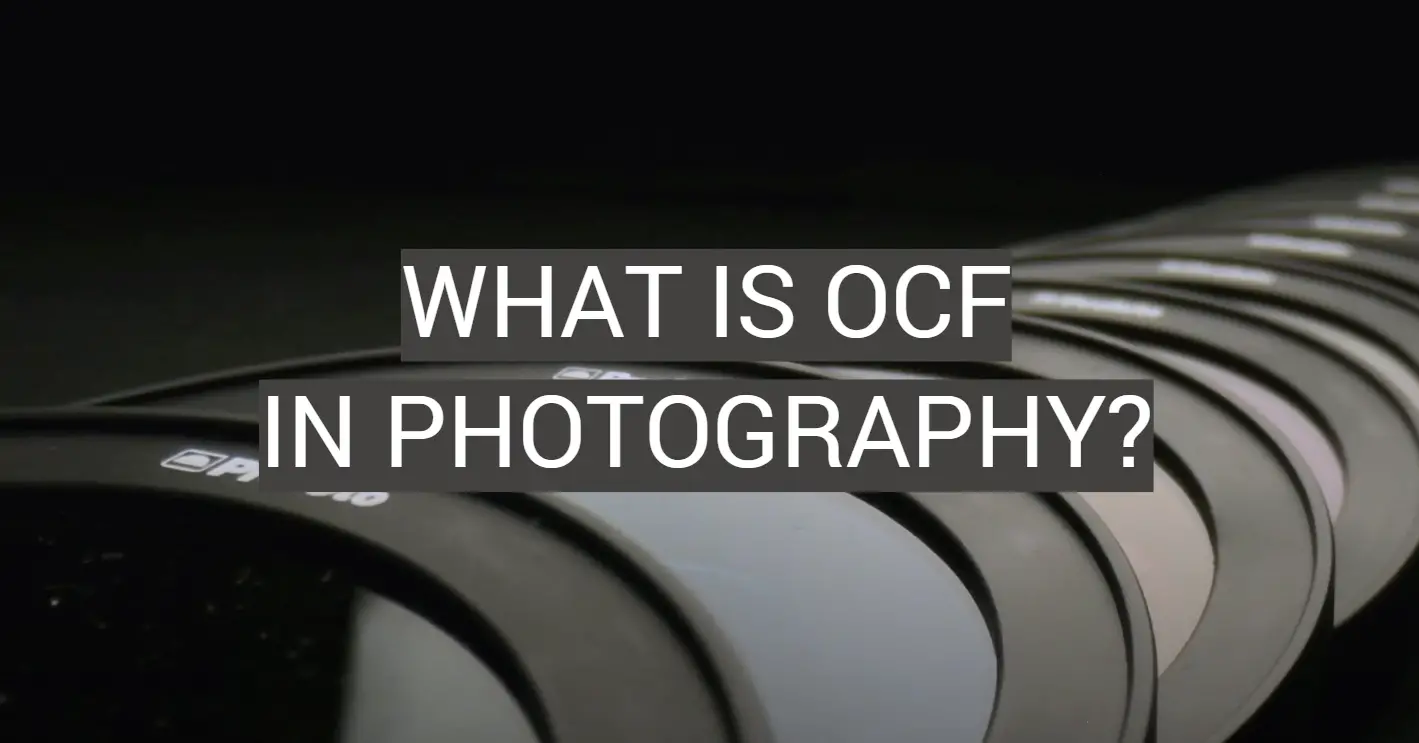
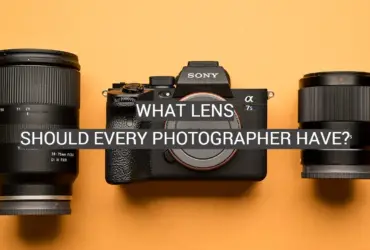



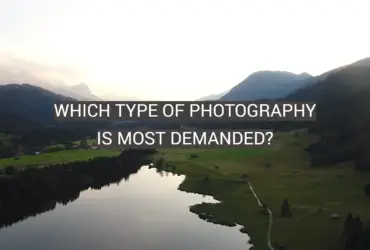
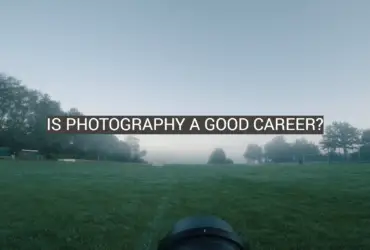
Leave a Reply